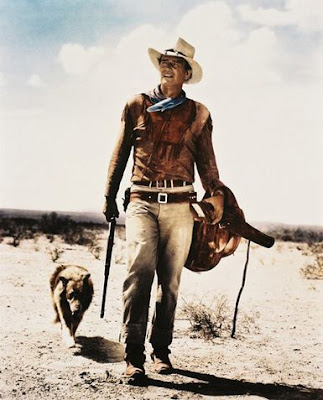“A mine is a hole in the ground,
owned by a liar.” Mark Twain
I recently
saw a college friend for the first time in decades. He seemed surprised to learn
I wrote novels. I guess I need to work on that world famous part.
“What do you
write?” he asked.
“Westerns.”
He
immediately made a disparaging crack about cowboys and Indians.
I explained
there were no cowboys in my novels.
He was
incredulous. “Then what do you write about?”
“I write
about people … people who happened to live on the American frontier. My
characters live in cities, towns and camps, not on the range. They’re miners,
businessmen, politicians, schoolmarms, shopkeepers, lumbermen, lawyers,
doctors, newspapermen, and they come in all ages and in both sexes.”
“Bad guys?”
“Oh yeah,
outlaws aplenty. Otherwise you don’t have a story.”
“And
gunfights?”
“Of course.
They’re part of the genre. But in six books, I’ve only had one duel where two
men stood off against each other. My gunfights are more realistic to the
history of the West.”
“But no
cowboys?”
“Nary a one.
Cows didn’t draw people west. Money laying in the dirt got people to get up and
leave home. Mining drew far more people than ranching. The romantic cowboy has
been written about since Owen Wister and The Virginian, and cowboys have become the stable of Western literature. When I
started writing Westerns I wanted to do something different, so I wrote about
mining, instead of ranching.”
 |
| Virginia City |
“So you
don’t like cowboys?” He said this with an undue sense of satisfaction.
“I do.
Cowboys are self-reliant, live by a code, and are skillful with horses, ropes,
guns, and nature. I believe their individualism is a metaphor for an important
American value. But others have already written about cowboys, cow towns, and
the open range. I wanted to explode another facet of the Wild West, so I write
about mining, which allows me to get into bustling cities and the technology
revolution of railroads, telegraphs, and electricity. Instead of lamenting the
demise of the Wild West, I examine the influences that eventually tamed the
frontier.
“Is there drama in mining?” he asked.
“Are you
kidding? Money is power … and the power-crazed chase after wealth with a
passion. Mining drew fortune seekers, politicians, shysters, engineers,
shopkeepers, and people with every kind of scheme under the sun to
separate miners from their money. Most rail lines after the transcontinental
contest connected mines to markets. Everybody chased after the
money: good men, bad men, and hard cases that enforced the will of the greedy.”
“Okay, okay,
you convinced me,” he said. “I’ll try one of your books.”
As Hollywood says, this story has been inspired by true events. That means a conversation did occur somewhat along these lines, but I was much less articulate in real life.
 |
| Honest westerns filled with dishonest characters. |








